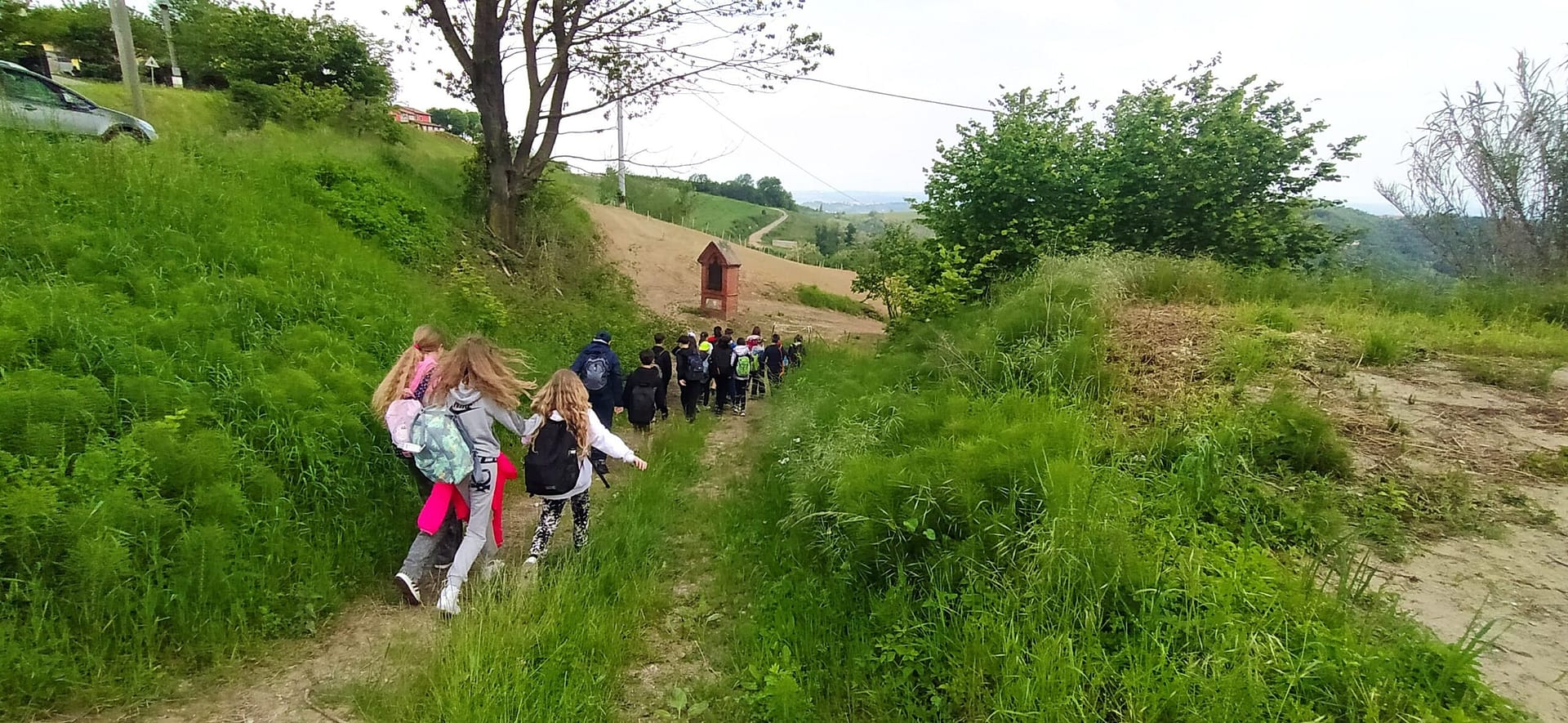by Virginia Baricalla, Marina Sacchetto, Cristina Sibona, Valentina Cagnasso
Abstract
This game was proposed at the school in Lequio Berria of IC Bossolasco-Murazzano in May, after being tested by teachers during their training in the Netherlands at Struin.
- Objective: Highlight the relationships between different species and population dynamics.
- Game Mode: Involves voles, foxes, and hawks in a realistic simulation.
- Expected Outcomes: Understand the balance of an ecosystem through competition and predation.
The Ecosystem Game
The Ecosystem Game is an educational activity designed to simulate the food relationships and population dynamics within an ecosystem. This game highlights how competition for scarce resources and predator-prey relationships affect species survival. The goal is to better understand the complex balances that characterize natural ecosystems.

Game Description
In this version of the game, participants play as three species of animals: voles (prairie rodents), foxes, and hawks. The necessary materials include nuts/hazelnuts, string to mark the burrows, and the playing field. For example, in a class of 25 students, 18 can be voles, 5 foxes, and 2 hawks.
During the game, voles need to collect 5 nuts/hazelnuts, foxes need to catch 2 voles, and hawks need to catch 2 voles and 1 fox. Prey are captured simply by touching them, and once captured, they leave the game and go to the predator’s den. Burrows are safe zones where they cannot be captured.

Game Evolution
The game dynamics change with each round. If a certain number of voles, foxes, or hawks reach their goal, the number of predators or prey in the next round is adjusted to reflect competition and predation. For example, if in the first round 8 out of 18 voles, 3 out of 5 foxes, and 2 out of 2 hawks survive, in the second round there will be 4 hawks, 5 foxes, and 16 voles, making the competition more intense.
Ecosystem Balance
The game simulates the balance of an ecosystem, where solar energy, transformed into organic matter through photosynthesis, enters the food chain. The food web includes producers, consumers, and decomposers. Balance is maintained when no one species dominates. An excess of carnivores compared to herbivores or vice versa can lead to imbalance.

Variables and Scenarios
The game allows for the introduction of variables, such as changing the number of nuts/hazelnuts or increasing the number of predators. These variables make the game unpredictable and realistic, reflecting the complexity of natural ecosystems. Additionally, elements like “the disease student” or “the bad weather student” can be introduced to simulate environmental stress.
Conclusion
The Ecosystem Game is a powerful educational tool for understanding the complex dynamics and balance of ecosystems. Through simulation, participants can see firsthand how competition for resources and predator-prey relationships affect species survival. This game not only educates but also raises awareness about the importance of conserving natural ecosystems.
One notable aspect of the Ecosystem Game is its ability to foster teamwork and strategic thinking among participants. Students learn to anticipate the actions of others and adapt their strategies accordingly, reflecting real-world ecological scenarios. This interactive approach makes the learning process engaging and memorable, encouraging students to think critically about environmental issues and the delicate balance required to sustain life in an ecosystem.




